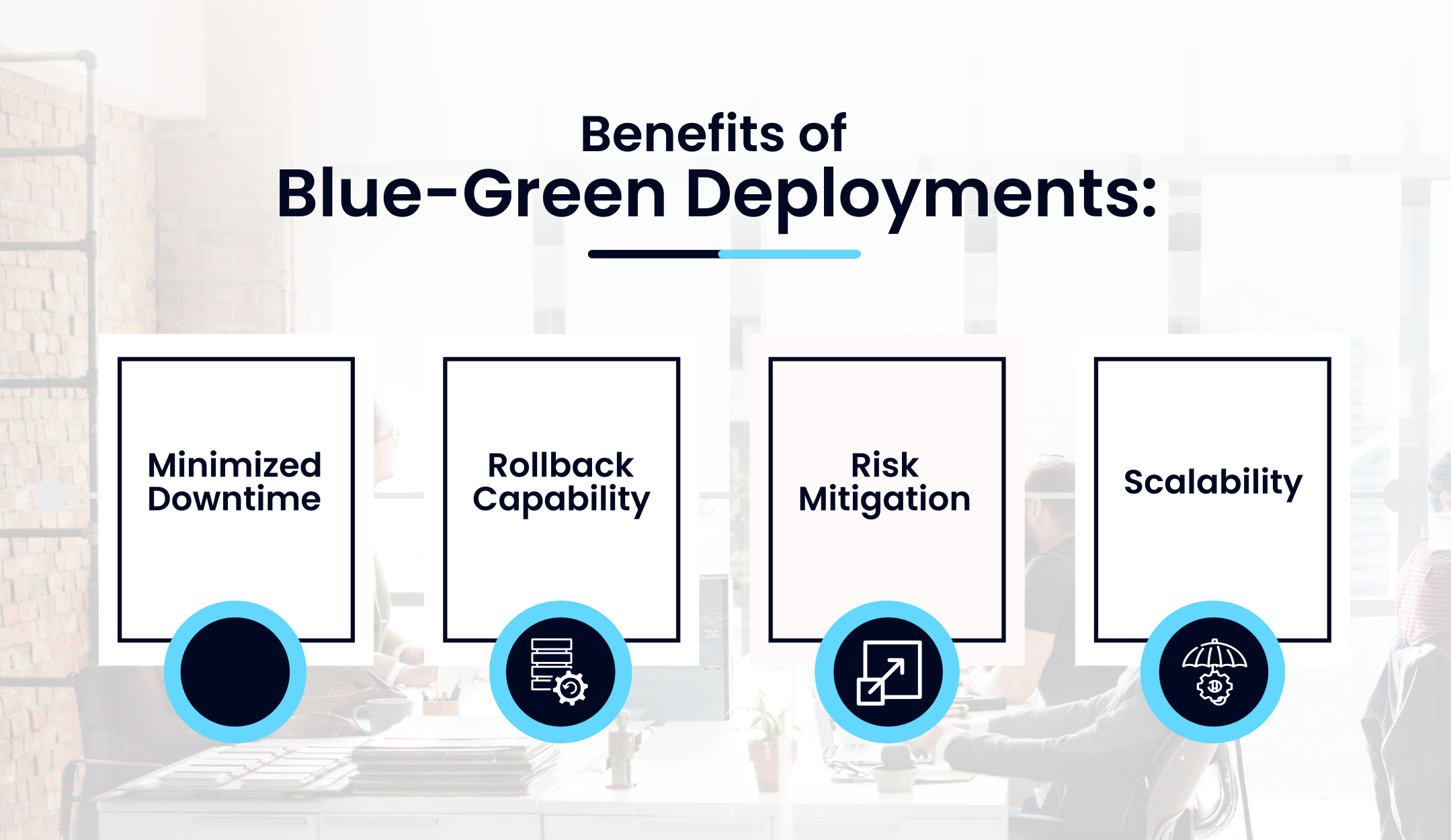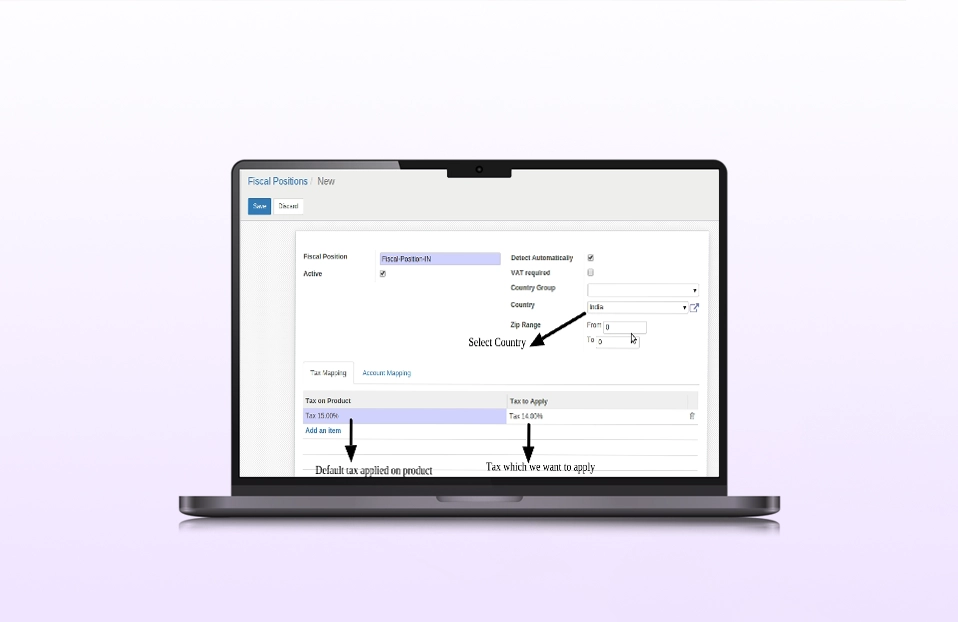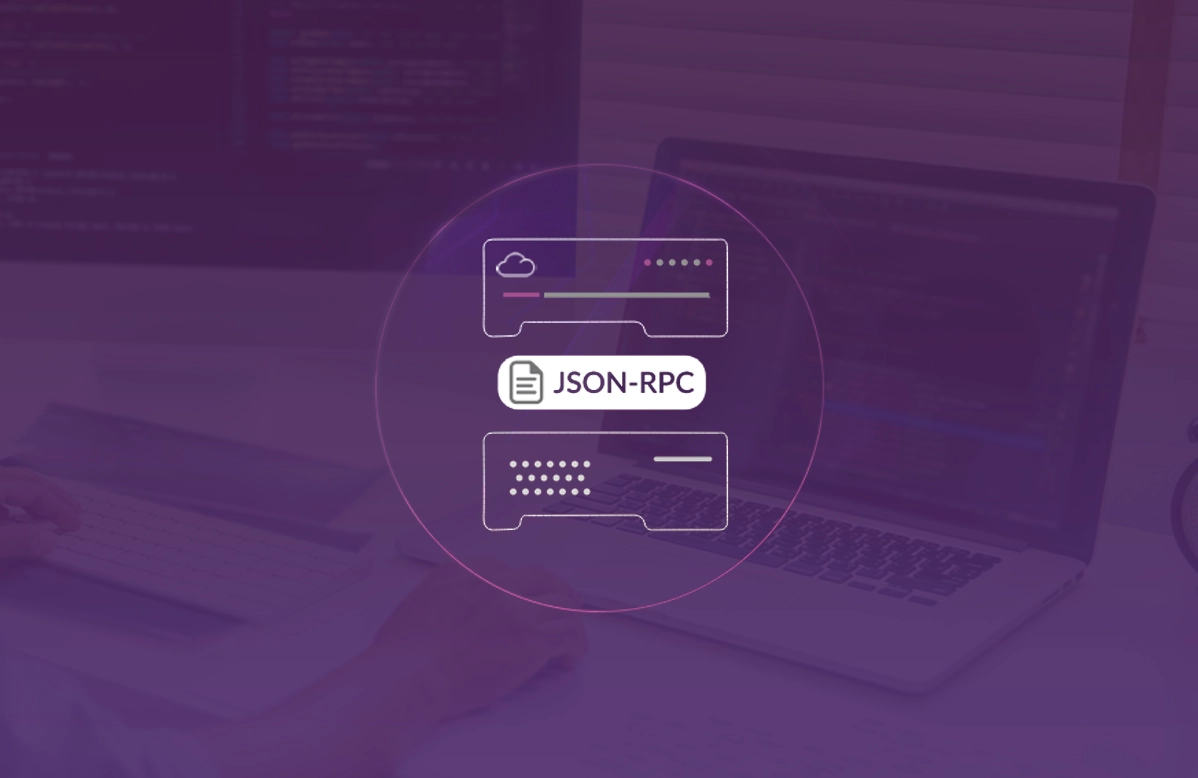In today's rapidly evolving technology landscape, businesses must be agile and responsive to meet customer demands efficiently. One critical aspect of managing software applications is deploying updates or new features seamlessly without disrupting the user experience. To achieve this, many organizations have adopted blue-green deployments, a popular deployment strategy, when running Odoo on Kubernetes. In this blog post, we will explore the concept of blue-green deployments and how they can be implemented to ensure smooth releases of Odoo on a Kubernetes cluster.
UNDERSTANDING BLUE-GREEN DEPLOYMENTS
Blue-green deployments are a software release management strategy that allows organizations to minimize downtime and mitigate risks during the deployment process. The idea behind this approach is to maintain two identical environments, referred to as blue and green. The blue environment represents the currently active production environment, while the green environment is a cloned replica that receives the updated version of the application.
It is also known as a Zero downtime deployment method because, in this kind of procedure, K8S produces a new pod in the new environment alongside the previous deployment rather than deleting or replacing the existing pod.
This deployment strategy enables the operation of two identical production environments simultaneously. The first is the present production environment. All user traffic (seen as Blue) is received by it. Another habitat, which is idle (seen as Green), is a copy of it. Both use the app configurations.
The new application version has been set to the green environment and submitted to the test in terms of performance and functionality. Application traffic switches from blue to green once the testing results are successful. The new production becomes green.
BENEFITS OF BLUE-GREEN DEPLOYMENTS

1. Minimized Downtime: By maintaining two separate environments, blue-green deployments enable seamless switching between versions. Users can be routed to the green environment only when it has been fully tested and verified, reducing downtime significantly.
2. Rollback Capability: In case any issues or bugs are identified after deployment, reverting to the previous version becomes straightforward. By simply switching back to the blue environment, the application can be rolled back instantly.
3. Risk Mitigation: Blue-green deployments allow testing of new versions in an isolated environment without impacting the production environment. This helps identify and resolve issues before they affect end users.
4. Scalability: Kubernetes provides excellent scalability features, making it easier to replicate the green environment when handling high traffic or large workloads. The green environment can be scaled up or down as needed, ensuring optimal performance.
IMPLEMENTING BLUE-GREEN DEPLOYMENTS FOR ODOO ON KUBERNETES:

To implement blue-green deployments for Odoo on Kubernetes, follow these steps:
1. Set up Kubernetes Cluster: Ensure you have a Kubernetes cluster up and running, capable of handling Odoo deployments. You can use managed Kubernetes services like Amazon EKS, and Google Kubernetes Engine, or set up your own cluster using tools like kops or kubectl.
2. Create Blue and Green Deployments: Configure Kubernetes Deployments for both blue and green environments. Each deployment should include the Odoo application, its dependencies, and any associated services, such as a PostgreSQL database.
3. Configure Service and Ingress: Set up a Kubernetes Service for each deployment to expose the Odoo application internally. Additionally, configure an Ingress resource to route traffic from external sources to the appropriate deployment.
4. Load Balancer Configuration: Utilize a load balancer or Ingress controller to manage incoming traffic and direct it to the appropriate environment. This allows easy switching between blue and green deployments.
5. Test and Verify: Before routing traffic to the green environment, thoroughly test and verify the new version of Odoo. Perform functional, performance, and integration testing to ensure everything is functioning as expected.
6. Traffic Switching: Once the green environment passes all tests, switch the incoming traffic from the blue environment to the green environment. Users will now access the new version without experiencing any downtime.
7. Monitoring and Rollback: Continuously monitor the green environment after the switch. If any issues arise, quickly switch back to the blue environment, which serves as a reliable fallback option. Investigate the issues and resolve them before attempting another deployment.
Conclusion
Blue-green deployments offer an effective way to deploy updates and new features to Odoo applications running on Kubernetes. By maintaining two separate environments and carefully managing traffic routing, businesses can ensure smooth deployments, minimize downtime, and mitigate risks. Implementing blue-green deployments for Odoo on Kubernetes requires careful planning and configuration, but the benefits it brings in terms of reduced downtime, rollback capability, risk mitigation, and scalability make it a worthwhile investment.




